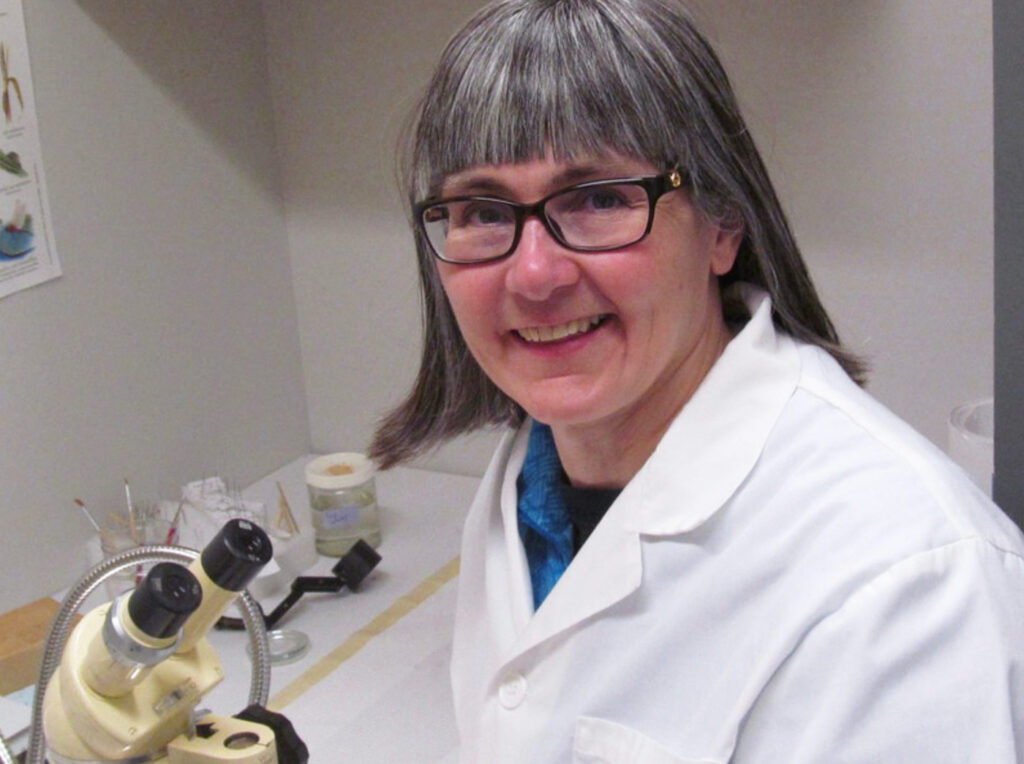Lyme Disease Awareness Month in Canada: Some big wins but major challenges lie ahead
There’s more awareness of tick-borne illnesses and promising research but progress has been slow.

As the last few weeks of spring fly by and the summer beckons, May is when millions of us put away our winter clothing and start ambling around outdoors with our shorts and t-shirts on — making us easy prey for the ticks that spread Lyme disease and other illnesses.
That makes it the perfect time for Lyme Disease Awareness Month, a moment to reflect on the progress made in fighting this growing epidemic and to look ahead to the many challenges still ahead.
The Canadian Lyme Disease Foundation (CanLyme) began its fight to get this country’s authorities to tackle the illness 20 years ago. About a decade later, the foundation’s advocacy helped bring about federal legislation aimed at creating a national strategy. Bill C-442, championed by Green Party Leader Elizabeth May, was passed unanimously by the House of Commons in 2014.
“This victory belongs to all Canadians coping with Lyme disease and their loved ones,” May said in a news release soon after her private member’s bill was passed.

Little did she know her declaration of victory was premature.
In the 11 years since parliament passed May’s bill, titled the Federal Framework On Lyme Disease Act, the Canadian government has spent millions of taxpayers’ dollars to spur research and raise awareness about the illness, which is becoming more and more prevalent with each passing year.
Slow progress and outright obstruction
But progress in the fight against this hard-to-diagnose, debilitating and sometimes even fatal illness has been painfully slow on several fronts.
Lyme’s spread has continued accelerating as several species of ticks take advantage of climate change to expand their range. They’ve moved from rural areas to more densely populated urban spaces in the Maritimes and the southern regions of Ontario, Quebec, Manitoba and B.C., where they’re biting more and more people, transmitting the bacteria that cause the disease. Several studies suggest case numbers are soaring much higher than official estimates.
Coordination between Ottawa and the provinces has been spotty. They’ve made little progress along with the medical profession in agreeing on effective protocols for the treatment of Lyme disease. Not only have medical professionals, public health officials and researchers failed to come to a working definition of “long Lyme,” a chronic version of the illness, they can’t even agree on acknowledging its existence.
Meantime, advocacy groups like CanLyme have been fighting for years to get the authorities to listen to the people suffering the consequences, but the push for patient-centred research has met with stubborn resistance.
For example, in late 2023, Canada’s federal health agency shelved a report aimed at building a framework for gathering crucial patient data — one that would have used a method called “participatory action research” to solicit information directly from Canadians who live with the illness.1

“What they’re doing is dismissing qualitative evidence. And they only want biological or natural science research to approach it. I think that’s a big miss,” says Mario Levesque, an associate professor of public policy and Canadian politics at Mount Allison University in New Brunswick.
Levesque has spent much of his career advocating for the rights of people with disabilities, and studying the impact of public policy on the push for accessibility as well as the fight against Lyme disease.
“At the end of the day, it’s about people. And if you dismiss people in the process and try to take them out of there, you’re not going to understand the full situation,” says Levesque, who recently joined CanLyme’s advisory board.
Real victories and hopeful signs
But as slow as the progress has been, CanLyme and other advocacy groups can point to some real successes in the fight to stop the spread of Lyme disease, as well as diagnose and treat it more quickly and effectively.
Two prominent researchers with connections to Canlyme, Dr. Vett Lloyd and Dr. Anna Ignaszak, are studying a tiny biosensor that could detect the bacteria that cause Lyme disease in patients’ urine — a method that could make diagnosing the illness almost as easy as taking your temperature.

The foundation also funds research grants aimed at Canadian universities.
And Canlyme is pushing for the creation of a biobank that would collect samples of blood, DNA, urine and tissue from Lyme patients across Canada, along with their data, as well as samples of the ticks that carry the bacteria known to cause Lyme. The biobank would provide researchers with invaluable information.
“CanLyme has long advocated for a biobank to provide hard data for the seemingly intractable controversies surrounding Lyme disease,” says Dr. Janet Sperling, the foundation’s president.
“We know that scientists have the necessary tools and patients and their families are willing to provide the tissue samples. Our goal is to be part of a movement that makes this happen and drives important and breakthrough research.”
CanLyme is also establishing an annual Canadian medical practitioners’ conference on Lyme disease. The first meeting is expected to be announced shortly. And it works with a network of allied organizations across the country to help patients and their families get the support and services they need.
In addition, the foundation continues to produce educational content such as the Looking at Lyme podcast that features the latest from experts in Canada and abroad, as well as an informative newsletter.
In a bid to raise awareness of the illness among young people, the foundation has created an educational kit for summer camps that teaches kids how to protect themselves from the ticks that transmit it.
To continue this important work, Canlyme needs your help. Here’s how you can donate.
Footnotes
- Read the report, “Participatory Action Research on Canadians with Alternatively Diagnosed Lyme Disease: Feasibility Study,” by Jacques M. Chevalier and Zélie Larose: DOI: 10.71072/922.05
